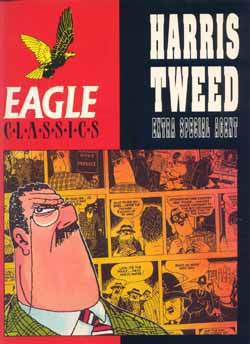 Â
Â
By John Ryan (Hawk Books -1990)
ISBN: 0-948248-22-X
John Ryan is an artist and storyteller who straddles equally three distinct disciplines of graphic narrative, with equal qualitative, if not financial, success. The son of a diplomat, Ryan was born in 1921, served in Burma and India and after attending the Regent Street Polytechnic (1946-48) took up a post as assistant Art Master at Harrow School from 1948 to 1955. It was during this time that he began contributing strips to comics such as Girl and the legendary Eagle.
On April 14th 1950, Britain’s grey, post-war gloom was partially lifted with the first issue of a new comic that literally shone with light and colour. Avid children were soon understandably enraptured with the gloss and dazzle of Dan Dare, Pilot of the Future, a charismatic star-turn venerated to this day. The Eagle was a tabloid sized paper with full photogravure colour inserts alternating with text and a range of other comic features. Tabloid is a big page and you can get a lot of material onto each page. Deep within, on the bottom third of a monochrome page, was an eight panel strip entitled Captain Pugwash, the story of a Bad Buccaneer and the many sticky ends which nearly befell him. Ryan’s quirky, spiky style also lent itself to the numerous spot illustrations required every week.
Pugwash, his harridan of a wife and the useless, lazy crew of the Black Pig ran until issue 19 when the feature disappeared. This was no real hardship as Ryan had been writing and illustrating Harris Tweed – Extra Special Agent which began as a full page (tabloid, remember, with an average of twenty panels a page, per week!) in the Eagle #16. Tweed ran for three years as a full page until 1953 when it dropped to a half page strip and was repositioned as a purely comedic venture. For our purposes and those of the book under review it’s those first three years we’re thinking of.
Tweed was a bluff and blundering caricature of the “military Big Brass†Ryan had encountered during the war, who, with a young, never-to-be-named assistant known only as ‘Boy’, solved mysteries and captured villains to general popular acclaim. Thrilling and macabre adventure blended seamlessly with a cheerful schoolboy low comedy in these strips, since Tweed was in fact that most British of archetypes, a bit of a twit and a bit of a sham.
His totally undeserved reputation as detective and crime fighter par excellence, and his good-hearted yet smug arrogance – as exemplified by the likes of Bulldog Drummond, Dick Barton – Special Agent or Sexton Blake somehow endeared him to a young public that would in later years take to its heart Captain Mainwaring in Dad’s Army and, more pointedly perhaps, Peter Sellers’ numerous film outings as Inspector Clouseau.
Ryan’s art in these strips is particularly noteworthy. Deep moody blacks and intense sharp inking creates a mood of fever-dream intensity. There are nuances of underground cartoons of more than a decade later, and much of the inevitable ‘lurking horror’ atmosphere found in the best works of Basil Wolverton. Ryan knew what kids liked and he delivered it by the cartload.
When Ryan moved into the budding arena of animated television cartoons he developed a new system for producing cheap, high quality animations to a tight deadline. He began by reworking Captain Pugwash into more than fifty episodes (screening from 1958 on) for the BBC, keeping the adventure milieu, but replacing the shrewish wife with the tried-and-true boy assistant. Tom the Cabin Boy is the only competent member of the crew, instantly affirming to the rapt, young audience that grown-ups are fools and kids do, in fact, rule. He also drew a weekly Pugwash strip for the Radio Times for eight years. Ryan went on to produce a number of animated series including Mary, Mungo and Midge and Sir Prancelot as well as adaptations of some of his forty-plus children’s books. A few years ago an all-new Computer-based Pugwash animated TV series began.
In 1956 the indefatigable old cartoon sea-dog became the first of a huge run of children’s books produced by Ryan. At last count there were 14 Pugwash tales, 12 Ark Stories, and a number of other series. Ryan has worked whenever and wherever he wanted to in the comic world and eventually the books and the strips began to cross-fertilise.
The first Pugwash is very traditional in format with blocks of text and single illustrations that illuminate a particular moment. But by the publication of Pugwash the Smuggler entire sequences are lavishly painted comic strips, with as many as eight panels on one page, complete with word balloons. A fitting circularity to his careers and a nice treat for us old-fashioned comic drones.
We don’t have that many multi-discipline successes in comics, go and find out why we should celebrate one who did it all, did it first and did it very, very well.
Harris Tweed ©1990 Fleetway Publications. Compilation © 1990 Hawk Books.
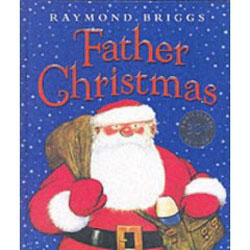

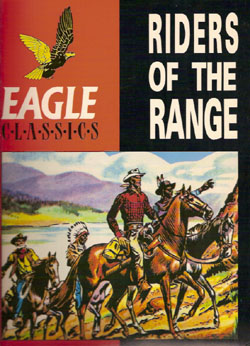
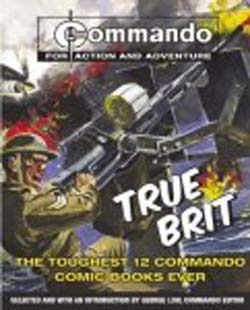
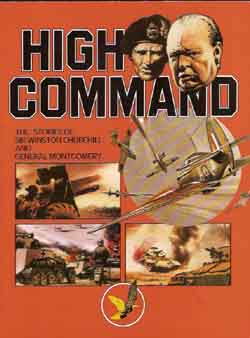
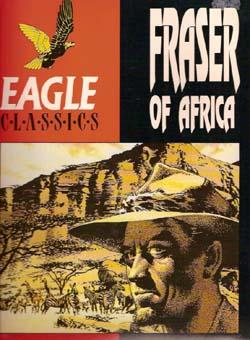
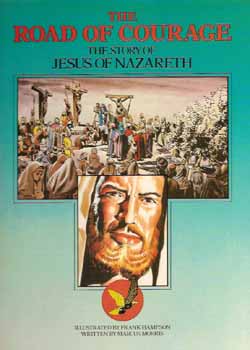 Â
 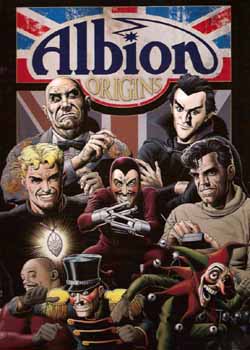 Â
 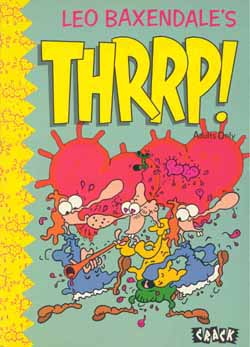 Â
  Â
 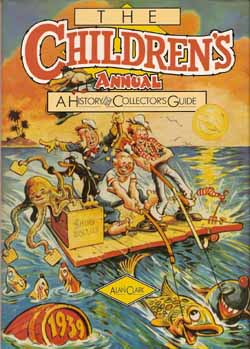 Â
Â